When you think of natural disasters, your mind might jump to hurricanes or tornadoes. But flash floods are a sneaky threat that can catch towns off guard, creating chaos in just minutes. Some U.S. towns are more vulnerable to these sudden surges due to geographical, climatic, or urban factors. Here’s a look at 15 towns where flash floods aren’t just a possibility—they’re a looming reality. Whether you’re a resident or a potential visitor, it’s worth knowing the risks.
1. Ellicott City, Maryland

Ellicott City has a charming, historic downtown that unfortunately sits in a precarious flood zone. The town is nestled in a valley, surrounded by steep hills, which means that when heavy rain falls, the water rushes into the town quickly. This has already resulted in two disastrous floods within two years, in 2016 and 2018, causing significant damage and loss. According to the National Weather Service, “Ellicott City’s topography and rapid urbanization greatly exacerbate its flash flood risk.” Residents and local businesses have taken steps to mitigate future risks, but the unpredictable nature of flash floods keeps them on edge.
Despite efforts to improve the town’s resilience, Ellicott City remains susceptible to intense rainfall events. Community initiatives are in place to improve stormwater management, but the challenge remains formidable. The town’s infrastructure was not designed to handle modern hydrological challenges. When storms come, the water tends to accumulate quickly, leaving little time for people to react. This underscores the importance of early warning systems and preparedness in high-risk areas like Ellicott City.
2. Boulder, Colorado
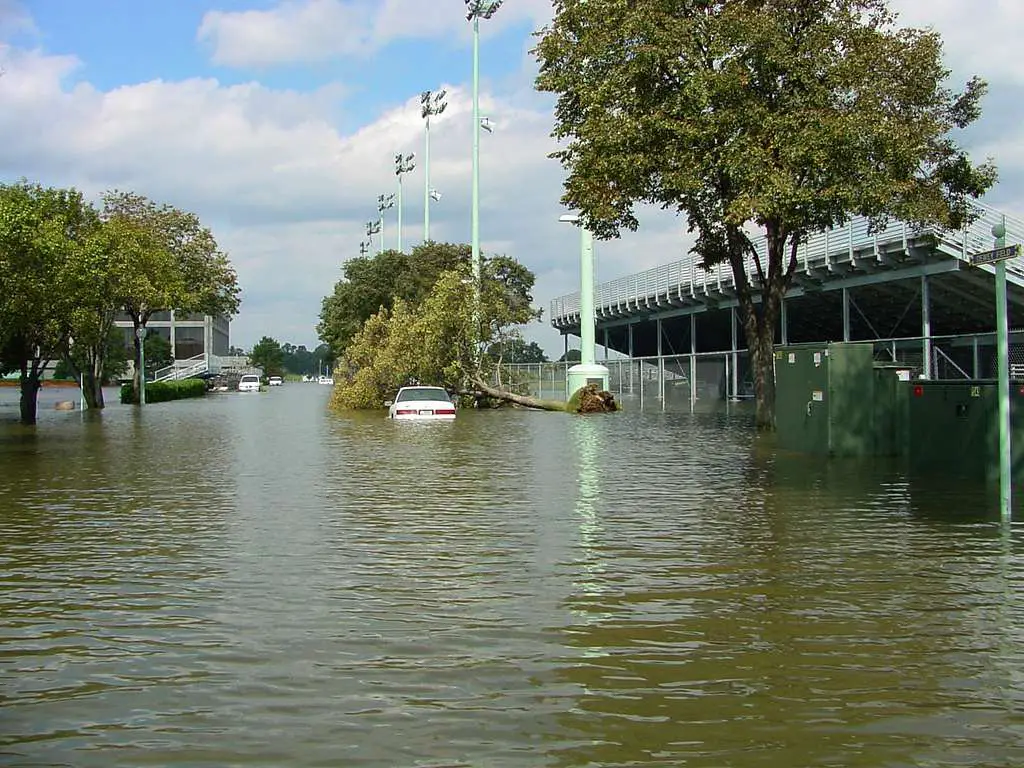
Boulder is known for its beautiful landscapes and outdoor activities, but those same mountains can contribute to flash flood risks. The town is built at the foothills of the Rocky Mountains, providing a picturesque backdrop but also a recipe for potential disaster. When heavy rainfall occurs, water streams down the mountains, converging on Boulder with alarming speed. The 2013 flash flood was a stark reminder of how vulnerable the town is. It caused extensive damage and highlighted the urgent need for better flood management strategies.
Boulder’s local government has since invested in improving infrastructure to withstand future floods. Flood mitigation plans include enhancing drainage systems and creating more green spaces to absorb excess water. Community awareness campaigns also play a crucial role in ensuring residents know what to do when a flood warning is issued. Despite these efforts, the unpredictable nature of weather patterns in the region means the risk remains. Residents and visitors alike must remain vigilant, especially during the rainy season.
3. New Orleans, Louisiana
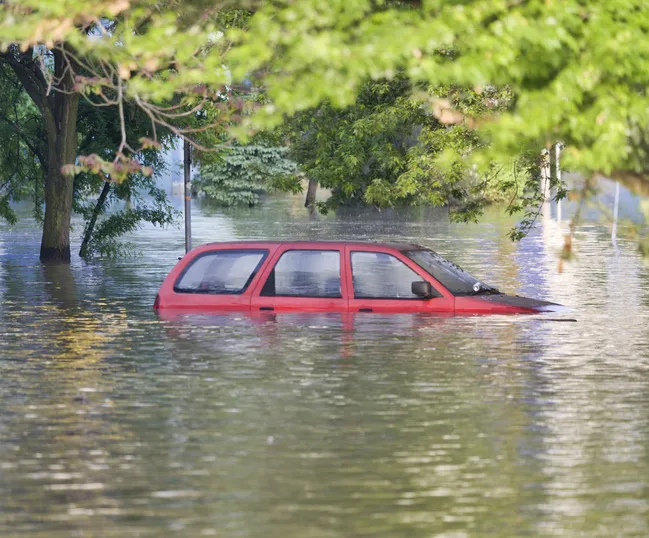
New Orleans’ complex relationship with water is no secret, and while hurricanes usually steal the spotlight, flash floods are a constant concern. The city’s below-sea-level elevation and a network of outdated drainage systems make it prone to flooding. The Mississippi River and the Gulf of Mexico frequently push water back into the city, overwhelming its capacity to drain. Dr. Maria Lopez, an environmental engineer, notes, “New Orleans faces unique challenges due to its geographical setting and aging infrastructure.” Even with improvements in flood management, sudden downpours can still bring the city to a standstill.
Efforts to combat the flood risk include upgrading the drainage system and investing in new pumping stations. These improvements are designed to cope with the heavy rains typical of the hurricane season. However, the scale of necessary upgrades makes it a long-term project. In the meantime, residents have adapted by keeping sandbags handy and staying informed about weather forecasts. The city’s resilience is tested frequently, making awareness and preparedness essential parts of life here.
4. Austin, Texas
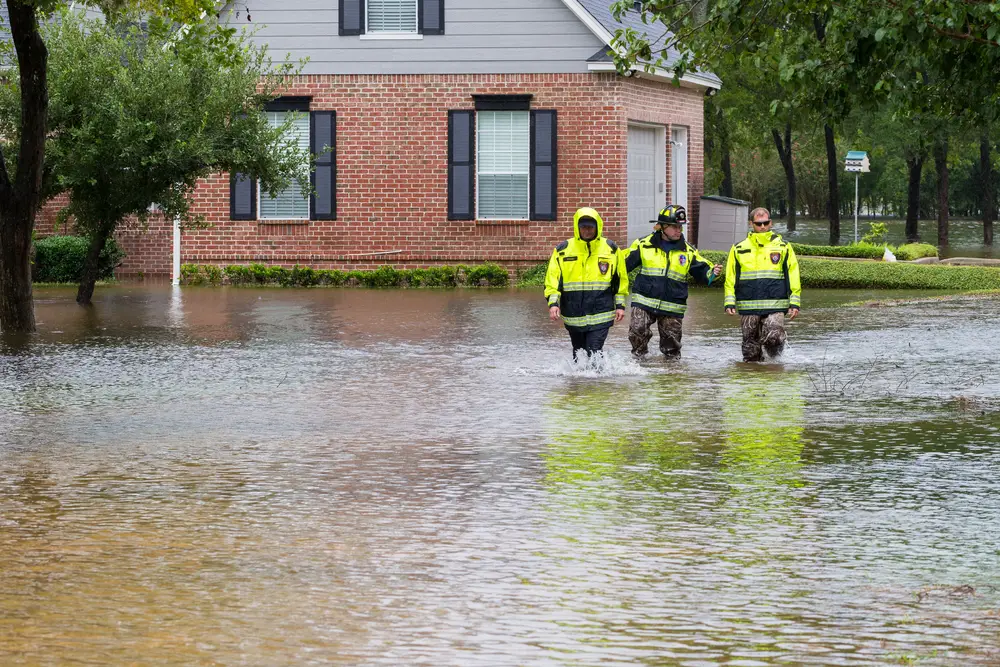
Austin is famous for its live music scene and vibrant culture, but it’s also known for its susceptibility to flash floods. The city sits in a region prone to intense storms, with sudden torrential rain transforming dry land into dangerous waterways. The 2015 flood was a stark reminder of how quickly flash floods can develop, taking both residents and city planners by surprise. The convergence of several small waterways in the city aggravates the flood risk, turning streets into rivers in minutes. As Austin continues to grow, the need for effective flood management becomes increasingly critical.
Urban development without adequate drainage solutions has only heightened the risk. The city government has responded by implementing stricter building codes and investing in infrastructure improvements. Educational programs aim to ensure that residents know how to respond to flash flood warnings. Despite these efforts, the rapid pace of urban expansion presents an ongoing challenge. People living in and visiting Austin should remain alert during heavy rain, knowing that the familiar streets can quickly become treacherous.
5. Nashville, Tennessee
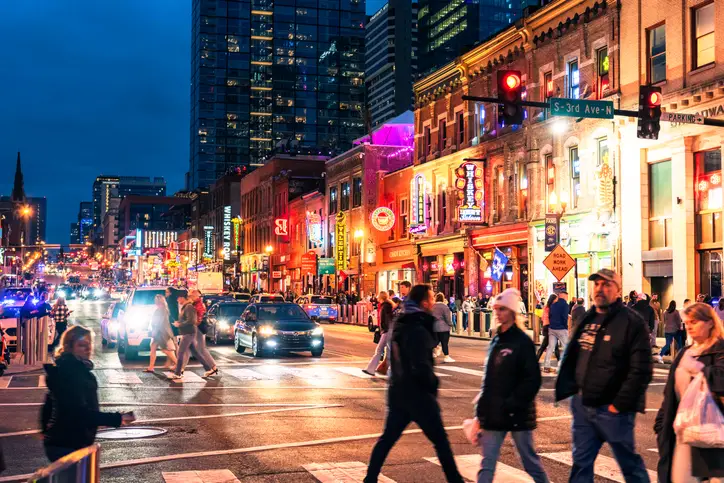
Nashville’s vibrant music scene and rich history make it a popular destination, but its location presents flood risks that can’t be ignored. The city is crisscrossed by several rivers, which, during heavy rains, can swell rapidly and flood nearby areas. The devastating 2010 flood, which caused significant damage and loss of life, remains a vivid reminder of the city’s vulnerability. Dr. Emily Carter from Vanderbilt University conducted a study highlighting the challenges Nashville faces due to its natural and urban landscape. “The city’s growth has increased impervious surfaces, leading to greater runoff and flooding,” she explains.
In response to these challenges, Nashville has invested in comprehensive flood management strategies. Efforts include improving stormwater infrastructure and developing community education programs. Despite these advancements, the city’s rapid growth continues to present hurdles in managing flood risks effectively. The balance between development and maintaining adequate green spaces is crucial for reducing runoff. For residents and tourists, staying informed about flood warnings remains a key part of navigating life in Nashville.
6. Houston, Texas

Houston has become synonymous with flooding, partly due to its flat topography and sprawling urban development. The city is located in a flood-prone region, with heavy rains and tropical storms frequenting the area. The catastrophic flooding from Hurricane Harvey in 2017 underscored the city’s vulnerabilities. With concrete covering much of the urban landscape, water has nowhere to go during heavy rains, exacerbating the flood risk. As Houston continues to expand, addressing these challenges becomes more pressing.
Efforts to mitigate future flood risks are underway, with significant investments in infrastructure and urban planning. Retention basins and improved drainage systems are essential parts of these strategies. However, the scale of the problem means that progress can be slow and costly. Residents are encouraged to stay informed and have an emergency plan in place. For visitors, checking weather conditions becomes a necessity when exploring Houston’s diverse attractions.
7. Rapid City, South Dakota
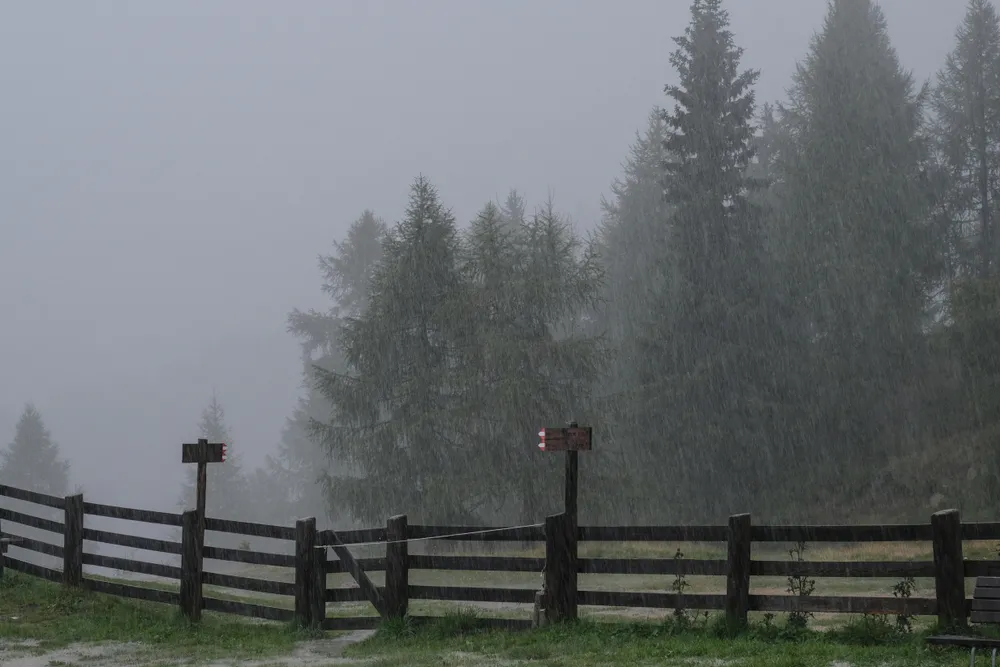
Nestled in the Black Hills, Rapid City is a gateway to breathtaking scenery but also faces significant flood risks. Sudden and intense rainstorms can transform the usually calm creeks into raging torrents. The tragic 1972 flash flood remains etched in the community’s memory, highlighting the potential devastation such events can cause. According to a study from the U.S. Geological Survey, “The combination of steep terrain and urban development magnifies the flash flood threat.” While improvements have been made, the unpredictability of weather patterns keeps residents on high alert.
Flood mitigation efforts in Rapid City have focused on improving early warning systems and public education. Investments in flood control infrastructure have also been crucial in reducing risks. However, the natural landscape and weather dynamics make it difficult to eliminate the threat completely. Community engagement and awareness are vital components in minimizing the impact of future floods. Visitors are advised to be mindful of weather forecasts, especially during the stormy season.
8. Las Vegas, Nevada

Las Vegas may be in the desert, but it’s not immune to flash floods. The city’s rapid development and entertainment-driven economy have led to extensive urbanization, reducing the land’s natural ability to absorb water. When it rains, the concrete jungle turns into a flood-prone area, with limited drainage options available to handle sudden downpours. The Clark County Regional Flood Control District has made substantial investments in flood control infrastructure to combat these challenges. Yet, the sheer volume of water from intense storms can overwhelm these systems.
Efforts to improve flood management include constructing detention basins and enhancing the city’s drainage network. These initiatives aim to protect both residents and the millions of tourists who visit Las Vegas annually. Public education campaigns are also crucial in ensuring people know how to respond to flood warnings. Despite these measures, the city’s unique environment presents ongoing challenges. Staying informed about weather conditions is essential for anyone living in or visiting Las Vegas.
9. Phoenix, Arizona
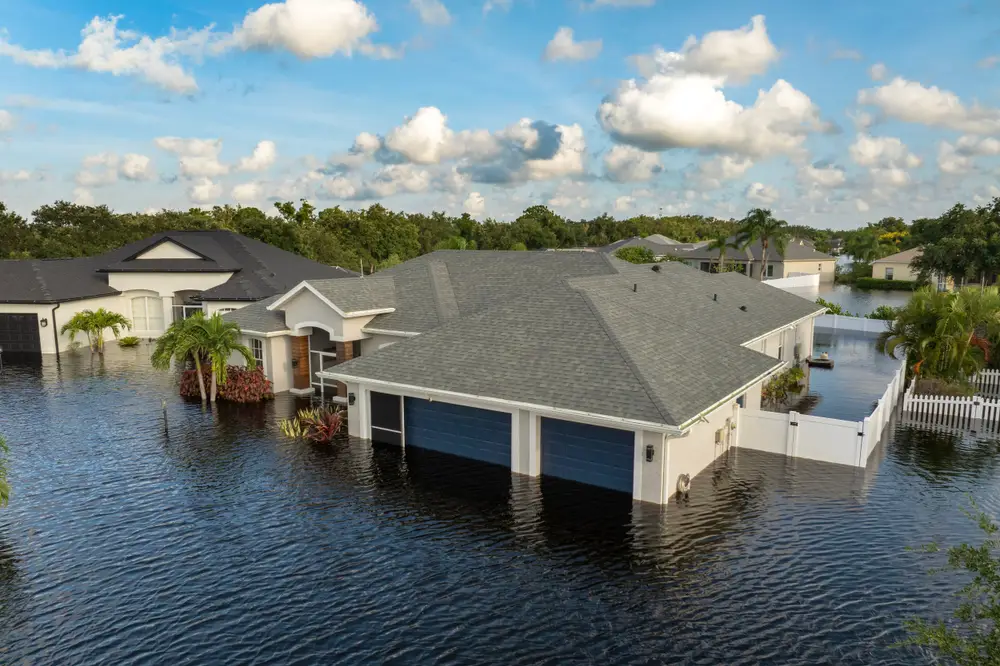
Phoenix is another desert city that faces flash flood risks due to its unique climate and urban landscape. The area is subject to intense monsoon storms that can dump large amounts of rain in a short period. When this happens, the city’s drainage systems often struggle to keep up, resulting in sudden and severe flooding. The rapid urbanization of Phoenix has only added to the challenge by reducing the land’s natural absorption capacity. As a result, residents and visitors must remain vigilant during the monsoon season.
The city has implemented a range of strategies to mitigate the impact of flash floods. These include constructing retention basins and improving stormwater management systems. Public awareness campaigns are also in place to educate people about the risks and response strategies. However, the nature of monsoon storms means that flooding can still occur with little warning. It’s crucial for everyone in Phoenix to be prepared and stay informed about weather conditions.
10. Charleston, South Carolina
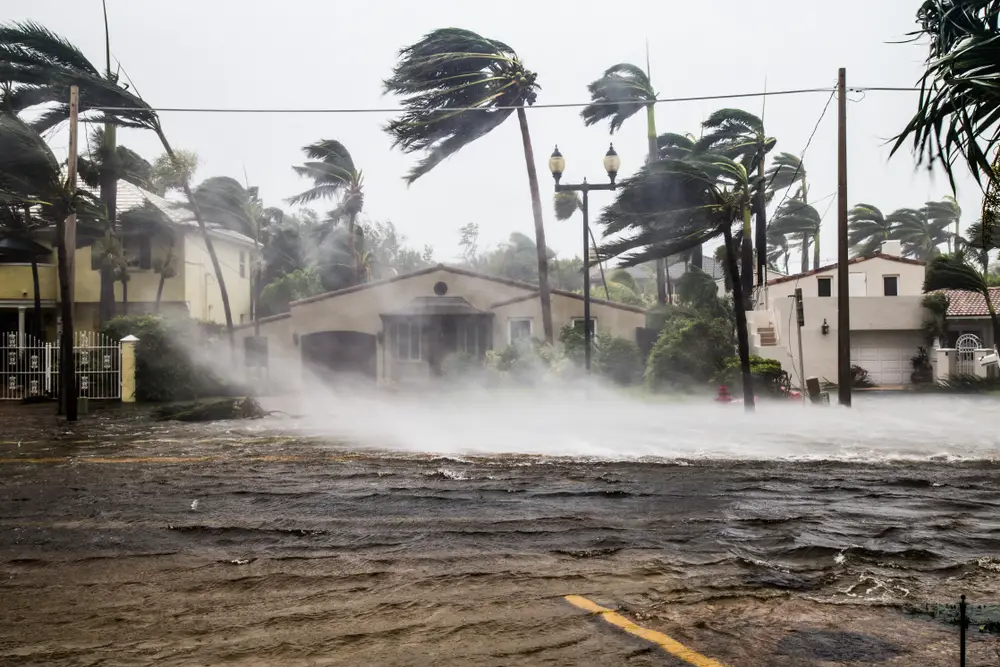
Charleston is a historic city known for its charm and beauty, but it also faces significant flood challenges. The city’s low-lying geography makes it particularly susceptible to flash floods, especially during hurricane season. Rising sea levels and increased rainfall intensity only exacerbate the risk. The devastating floods of 2015 served as a wake-up call, highlighting the urgent need for improved flood management. Urban development and the loss of natural barriers further compound the problem.
Efforts to address these challenges include enhancing the city’s drainage infrastructure and implementing stricter building codes. Community engagement and education are also vital components of flood risk management. Despite these initiatives, the combination of natural and human-made factors means that Charleston remains vulnerable. Residents and visitors must stay alert and informed, especially during periods of heavy rain. Being prepared can make all the difference in minimizing the impact of flash floods.
11. St. Louis, Missouri

St. Louis is strategically located at the confluence of the Mississippi and Missouri Rivers, a position that brings significant flash flood risks. Heavy rains can rapidly swell these waterways, overwhelming levees and drainage systems. The city’s history is dotted with destructive floods, underscoring the need for effective flood management strategies. Urban development has further complicated the situation by increasing runoff and reducing natural absorption. For residents and visitors, understanding these risks is crucial.
In response to these challenges, St. Louis has invested in improving its infrastructure and flood management capabilities. Levee systems and drainage upgrades are part of the broader strategy to mitigate flood risks. Community awareness programs are also in place to ensure people know how to respond to flood warnings. However, the complex interplay of natural and human-made factors means that the risk cannot be entirely eliminated. Staying informed and prepared is essential for navigating life in St. Louis.
12. Pittsburgh, Pennsylvania
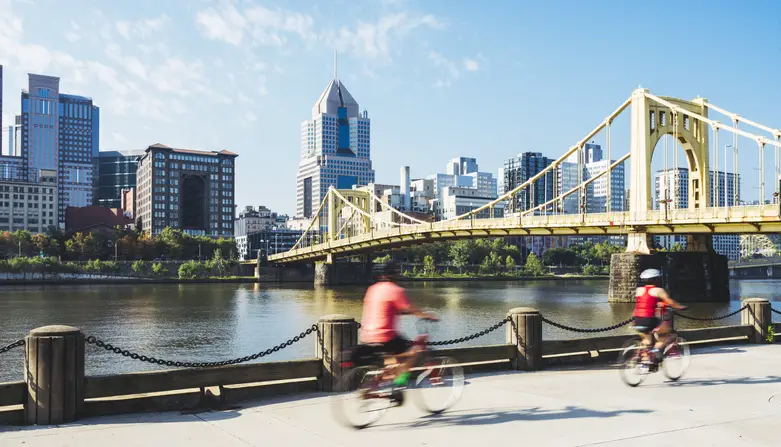
Pittsburgh is characterized by its hilly terrain and numerous rivers, creating a unique but challenging environment. These features contribute to the city’s flash flood risk, particularly during heavy storms. Urban development has reduced the land’s natural absorption capacity, increasing the potential for flooding. The 2004 flood was a stark reminder of the city’s vulnerabilities, causing significant damage and disruption. For residents and visitors, understanding the risks and staying informed is vital.
The city has implemented various strategies to address its flood risk, including improving infrastructure and stormwater management systems. Community education and engagement are also key components in minimizing the impact of future floods. Efforts to balance development with green spaces are ongoing, aiming to reduce runoff and enhance natural absorption. Despite these measures, the city’s geographical and urban dynamics mean that flood risks persist. Staying prepared and vigilant, especially during stormy weather, is essential for everyone in Pittsburgh.
13. Miami, Florida

Miami is no stranger to water-related challenges, with flash floods being a significant concern. The city’s flat terrain and proximity to the ocean make it particularly vulnerable during heavy rains and tropical storms. Rising sea levels and storm surges exacerbate the flood risk, posing a continuous threat to residents and infrastructure. Miami’s rapid urban development has also added to the challenge by increasing impervious surfaces. Recognizing these risks is crucial for anyone living in or visiting the city.
Efforts to mitigate Miami’s flood risks include enhancing drainage systems and investing in infrastructure improvements. Community awareness campaigns are also vital in ensuring people understand the risks and know how to respond. Despite these initiatives, the city’s unique environmental and urban dynamics mean that flood risks cannot be entirely eliminated. Staying informed about weather conditions and being prepared for potential flooding is essential. For Miami, adapting to its watery environment remains a constant challenge.
14. Sacramento, California

Sacramento is located at the confluence of the Sacramento and American Rivers, a position that brings significant flood risks. Heavy storms can lead to rapid swelling of these rivers, overwhelming levees and flood control systems. The city’s history is marked by devastating floods, highlighting the need for effective flood management strategies. Urban development and climate change add to the challenge by increasing runoff and changing weather patterns. Understanding these risks is crucial for residents and visitors alike.
In response to these challenges, Sacramento has invested in improving its infrastructure and flood management capabilities. Levee upgrades and stormwater enhancements are key components of the city’s strategy to mitigate flood risks. Community education and engagement play an essential role in minimizing the impact of future floods. However, the complex interplay of natural and human-made factors means that the risk cannot be entirely eliminated. Staying informed and prepared is essential for navigating life in Sacramento.
15. Tulsa, Oklahoma

Tulsa’s location in a flood-prone region, combined with its urban development, creates significant flash flood risks. Heavy rains can quickly overwhelm the city’s drainage systems, leading to rapid and dangerous flooding. The 1984 Memorial Day flood is a stark reminder of the city’s vulnerabilities, causing extensive damage and prompting reevaluation of flood management strategies. Urban sprawl and the reduction of natural barriers further complicate the situation. For residents and visitors, understanding these risks is vital.
The city has since implemented a range of strategies to address its flood risk, including improving infrastructure and stormwater management systems. Community education and engagement are also key components in minimizing the impact of future floods. Despite these efforts, the city’s geographical and urban dynamics mean that flood risks persist. Staying prepared and vigilant, especially during stormy weather, is essential for everyone in Tulsa. Recognizing the potential for flash floods is crucial in navigating life in this vibrant city.
